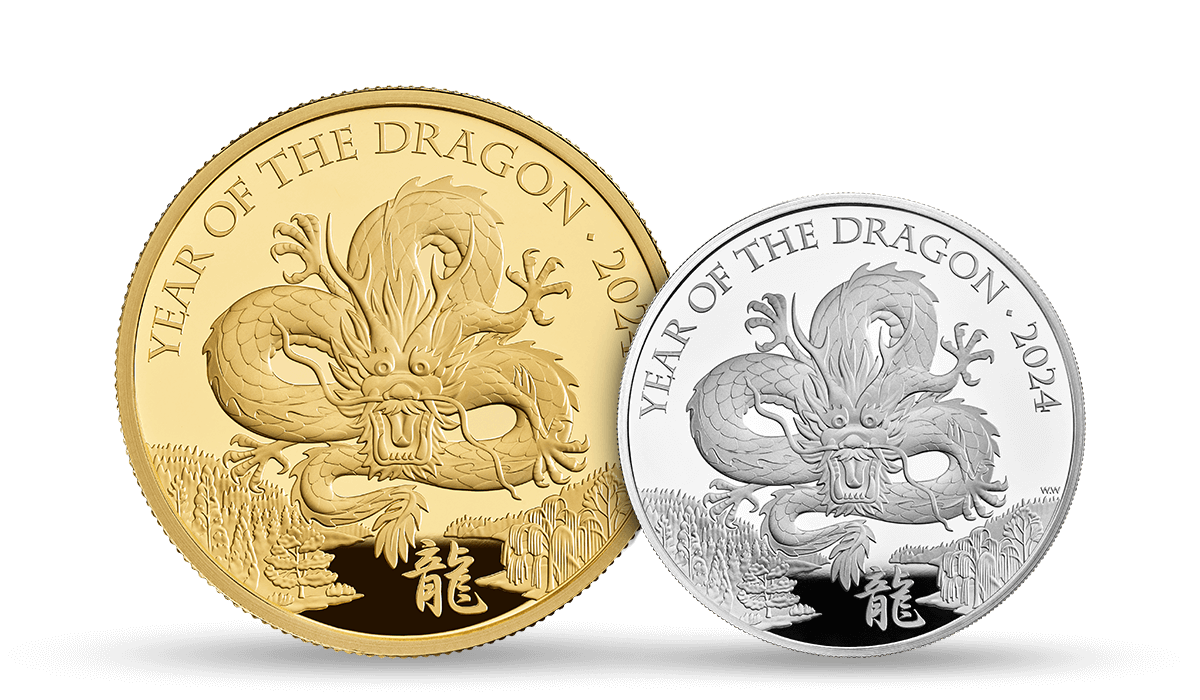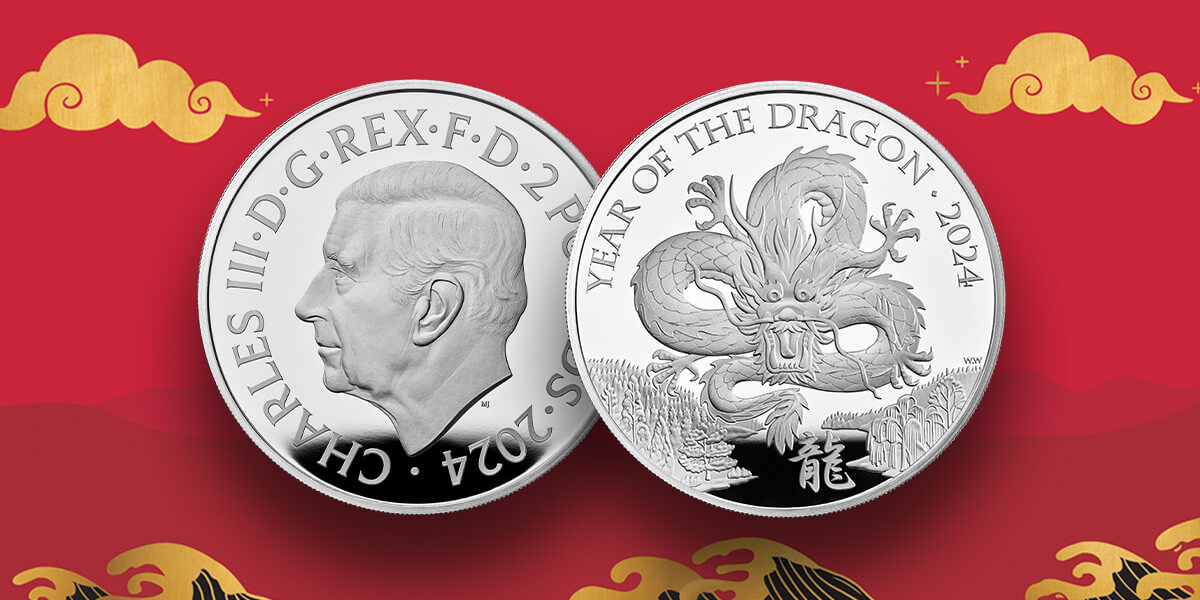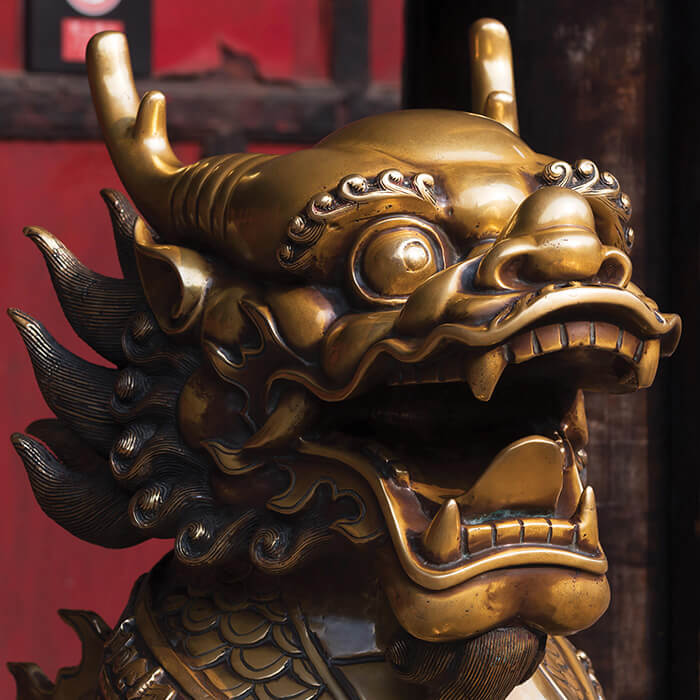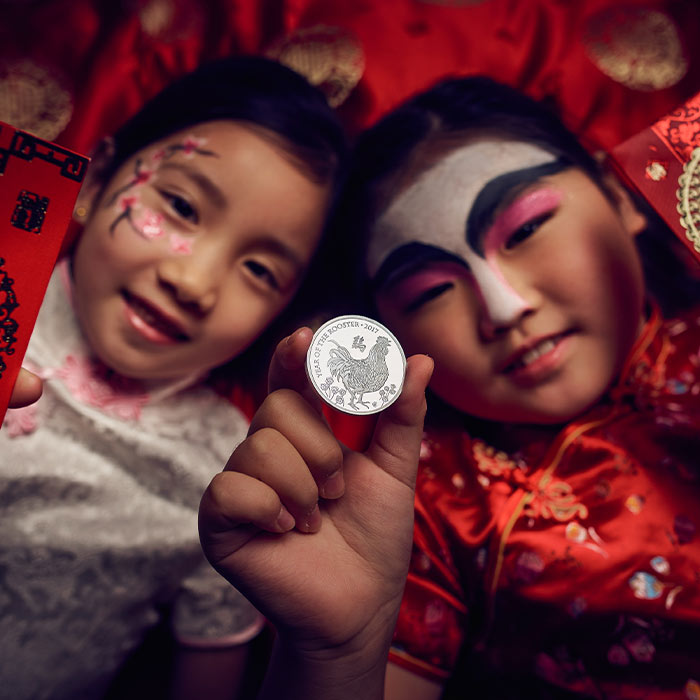THE LUNAR COLLECTION
Celebrating the Chinese Zodiac
In 2014, The Royal Mint united British and Chinese traditions to create the first official UK Lunar coins. The Shēngxiào Collection, named after the Chinese zodiac, is based on 12 animals that have their own unique characteristics and qualities.
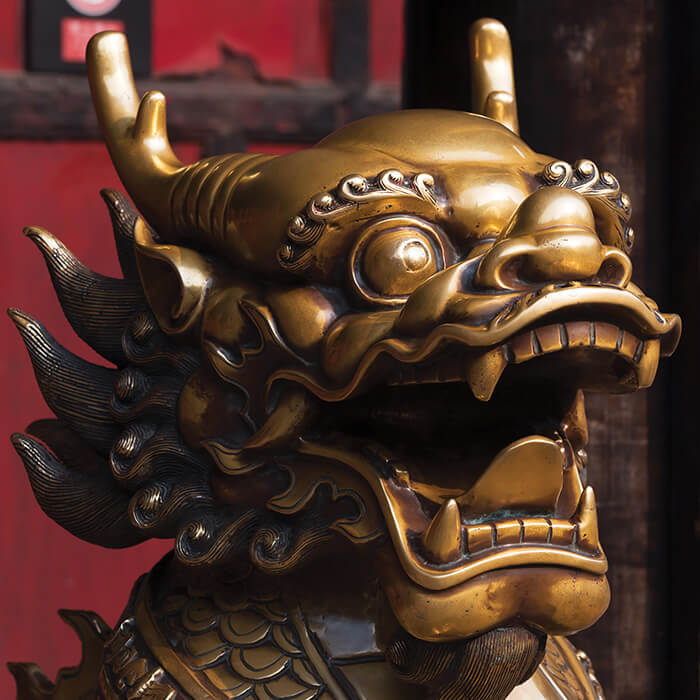
The Year of the Dragon
Celebrating the mythical dragon’s powerful representation within Chinese culture.
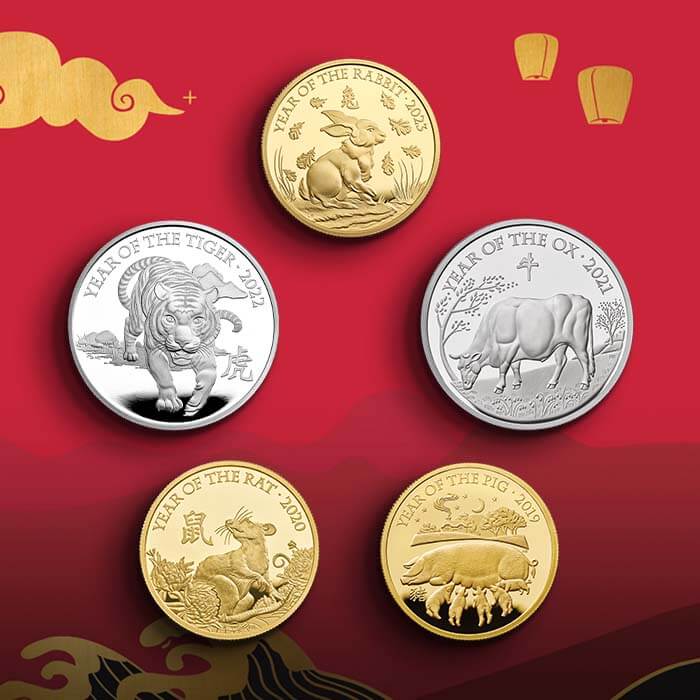
Twelve Stunning Designs
The collection includes twelve coins that are beautifully illustrated to represent the Chinese zodiac.
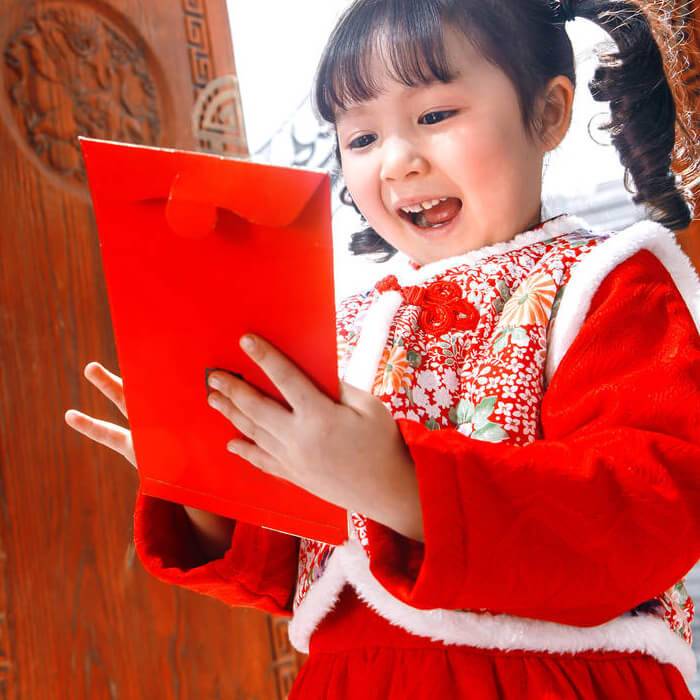
An Auspicious Gift
A beautiful fusion of British and Chinese culture, the perfect gift to commemorate such joyful celebrations.
DISCOVER MORE

CHINESE NEW YEAR CUSTOMS
Discover More
